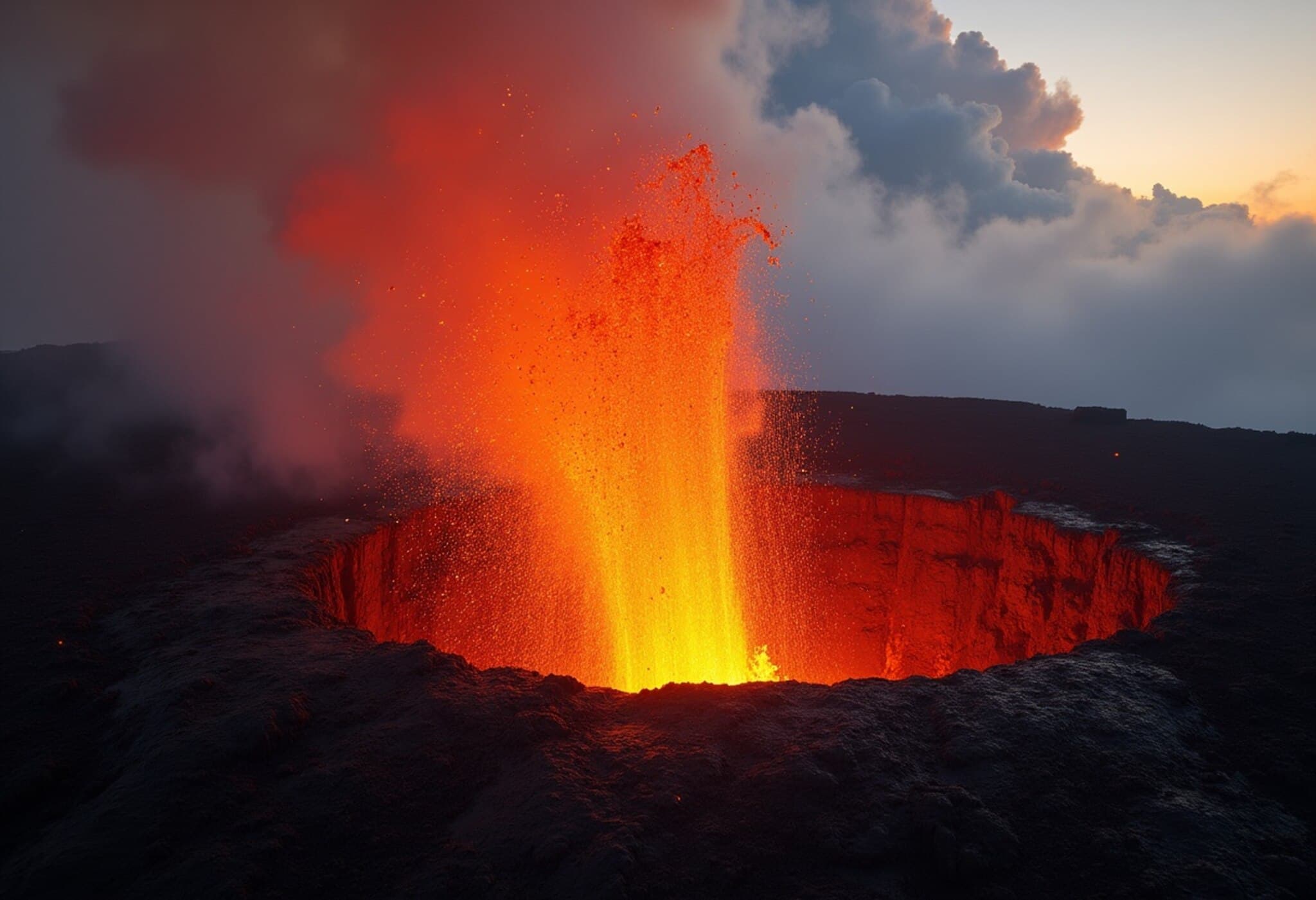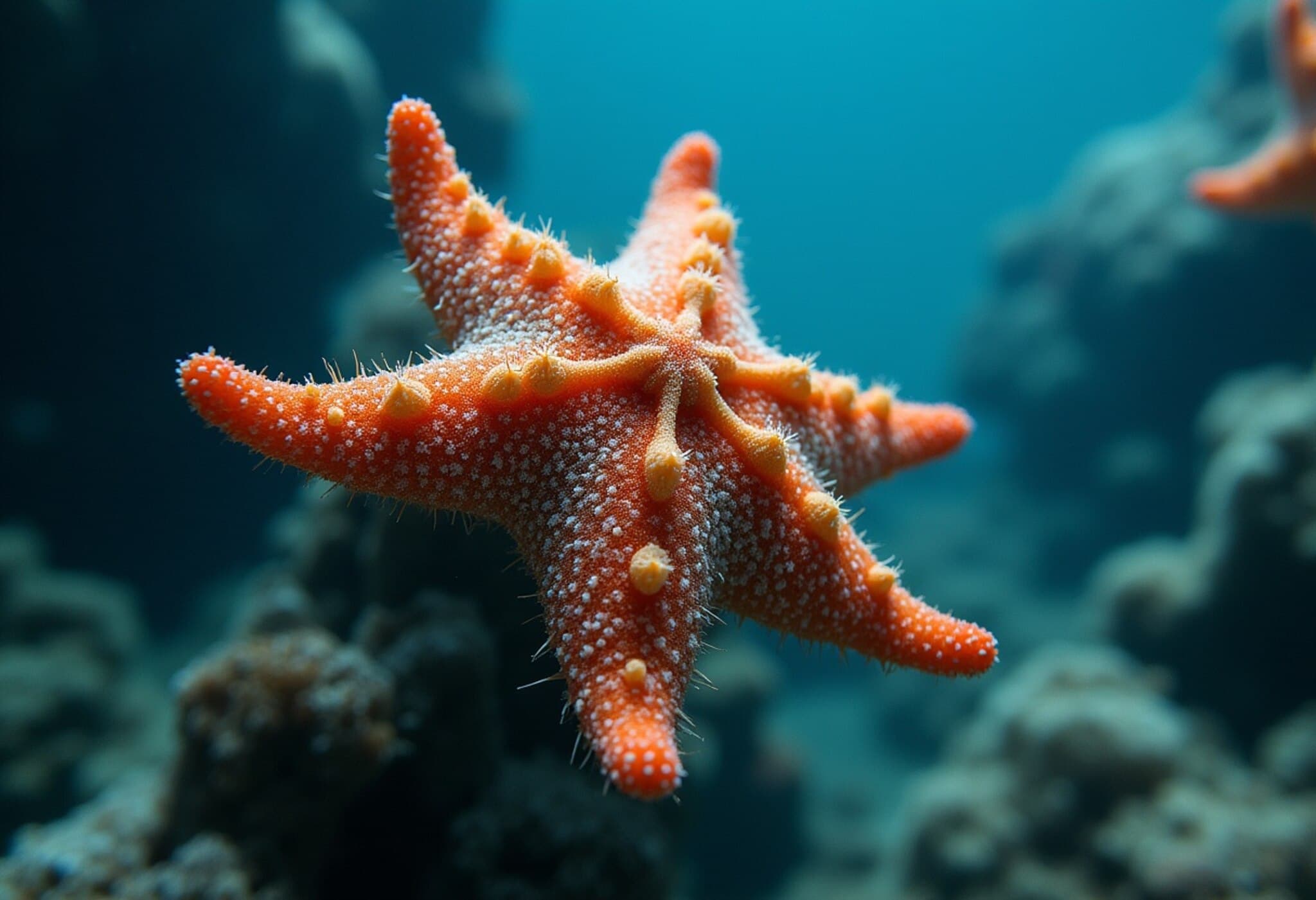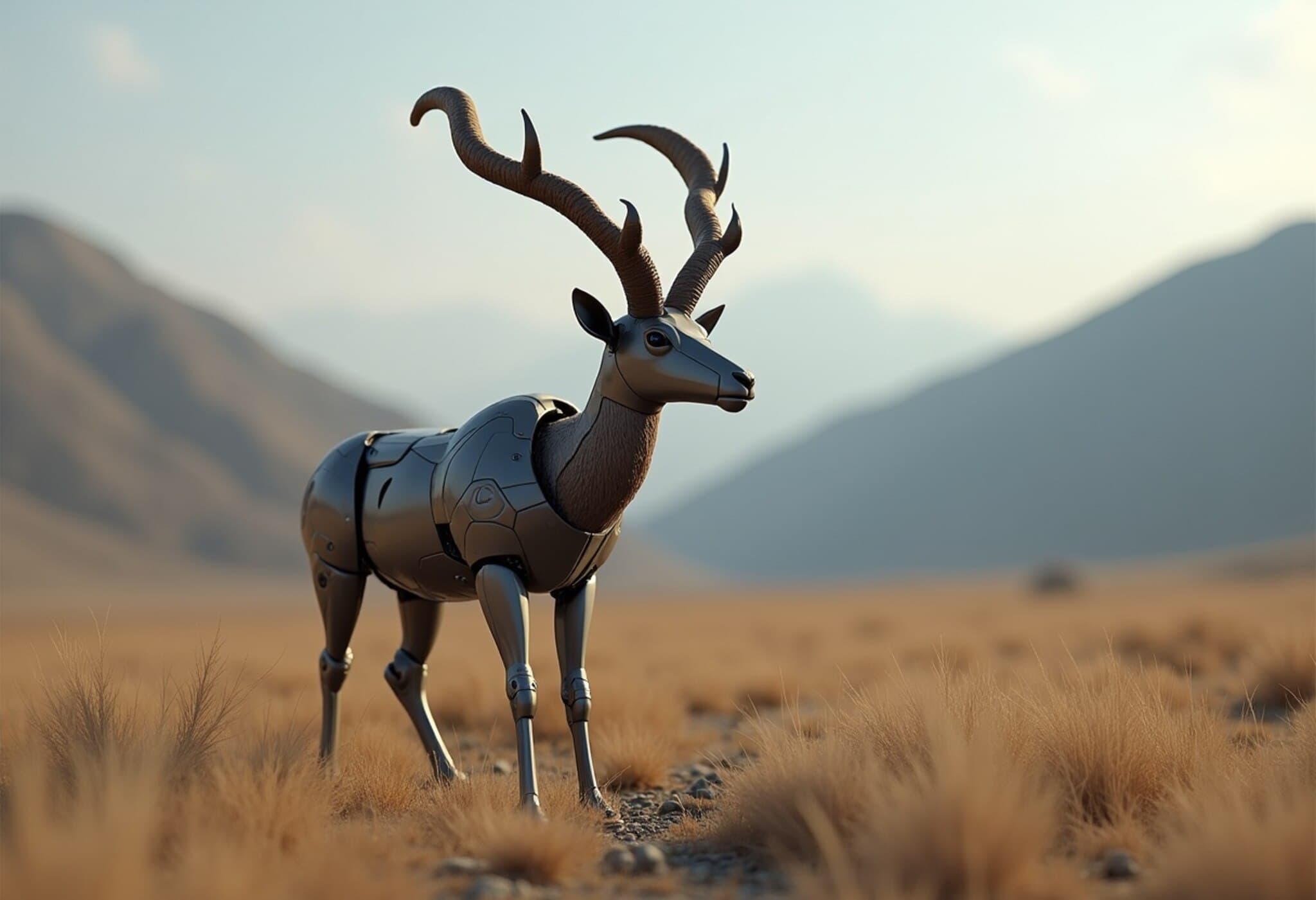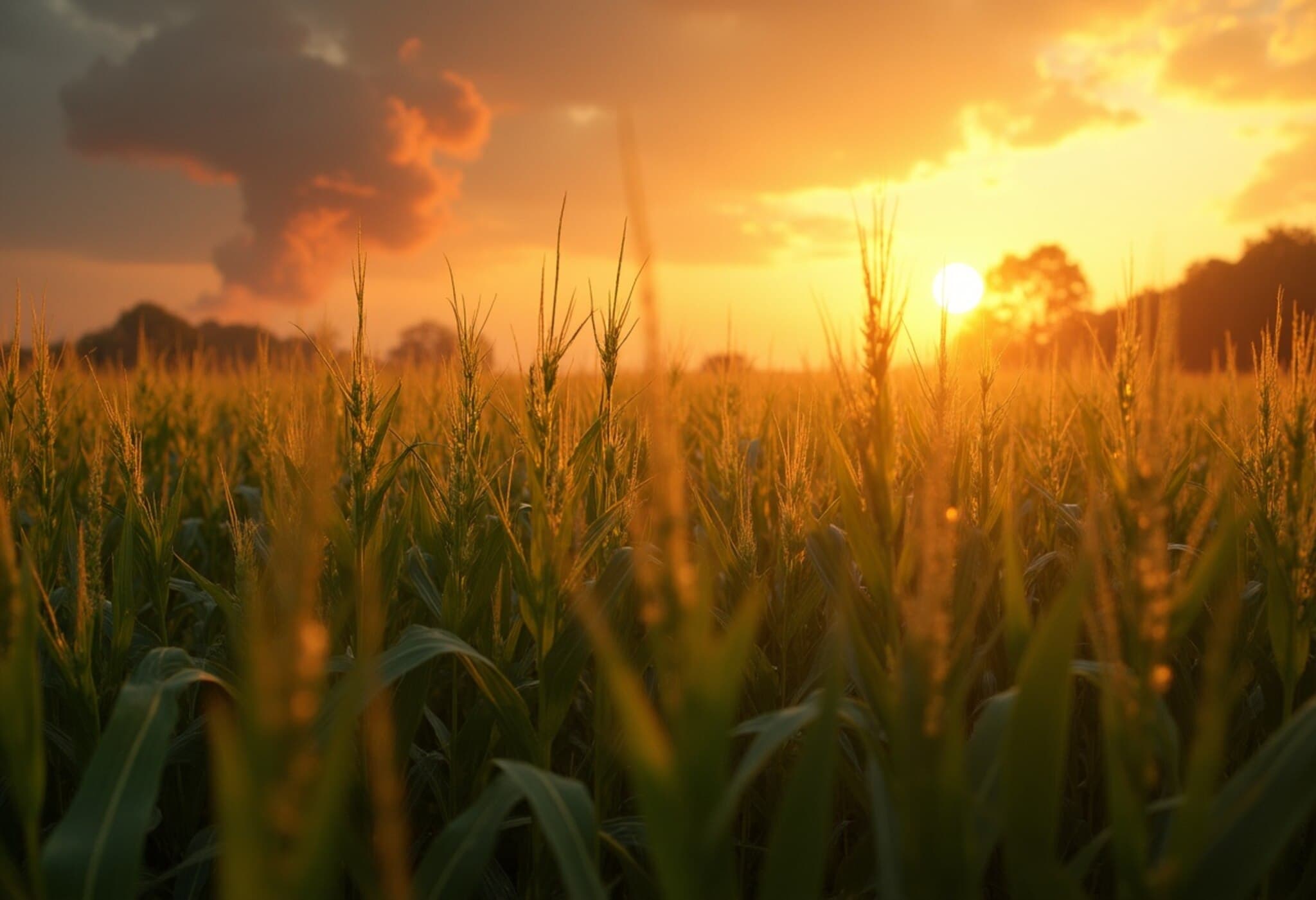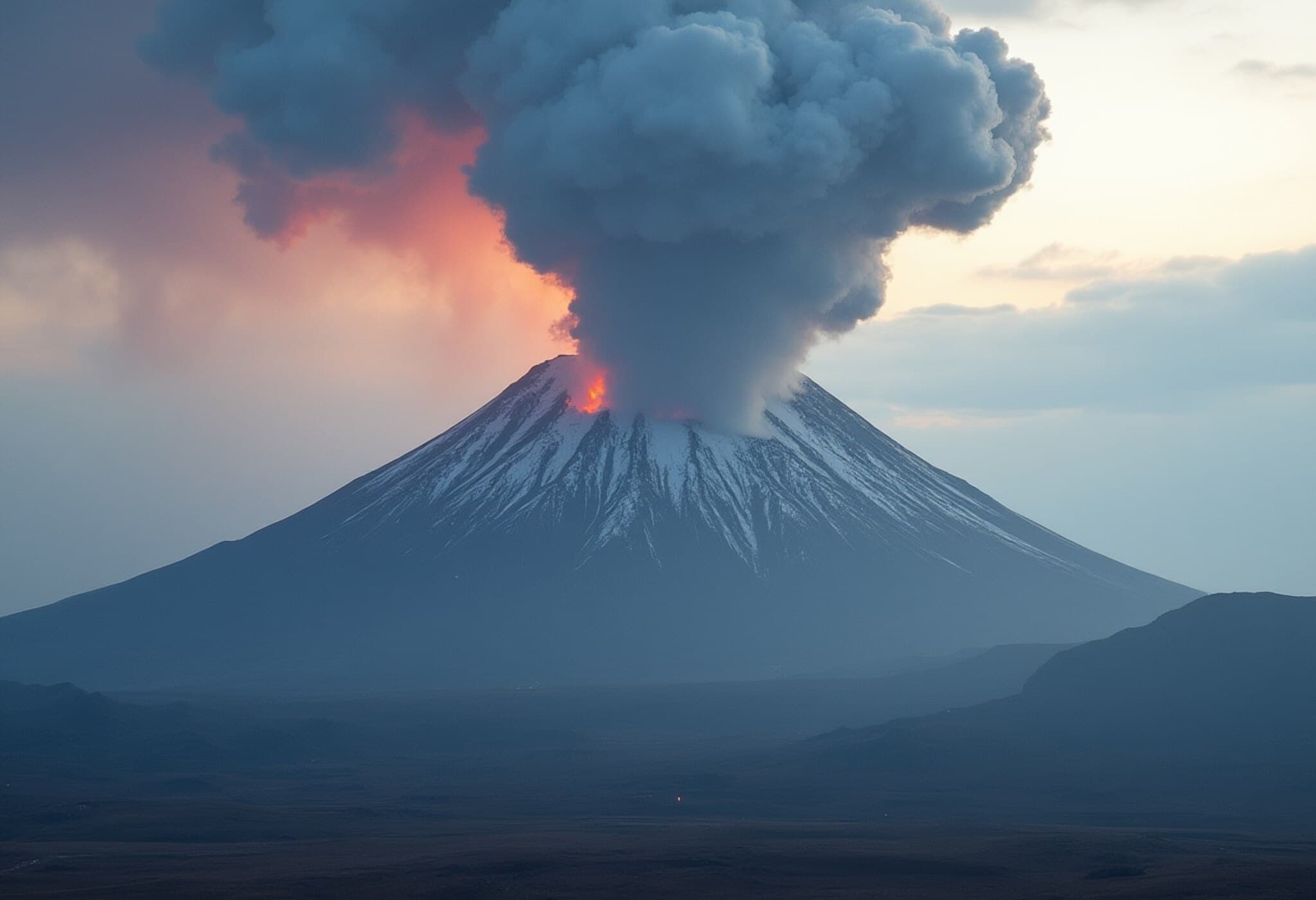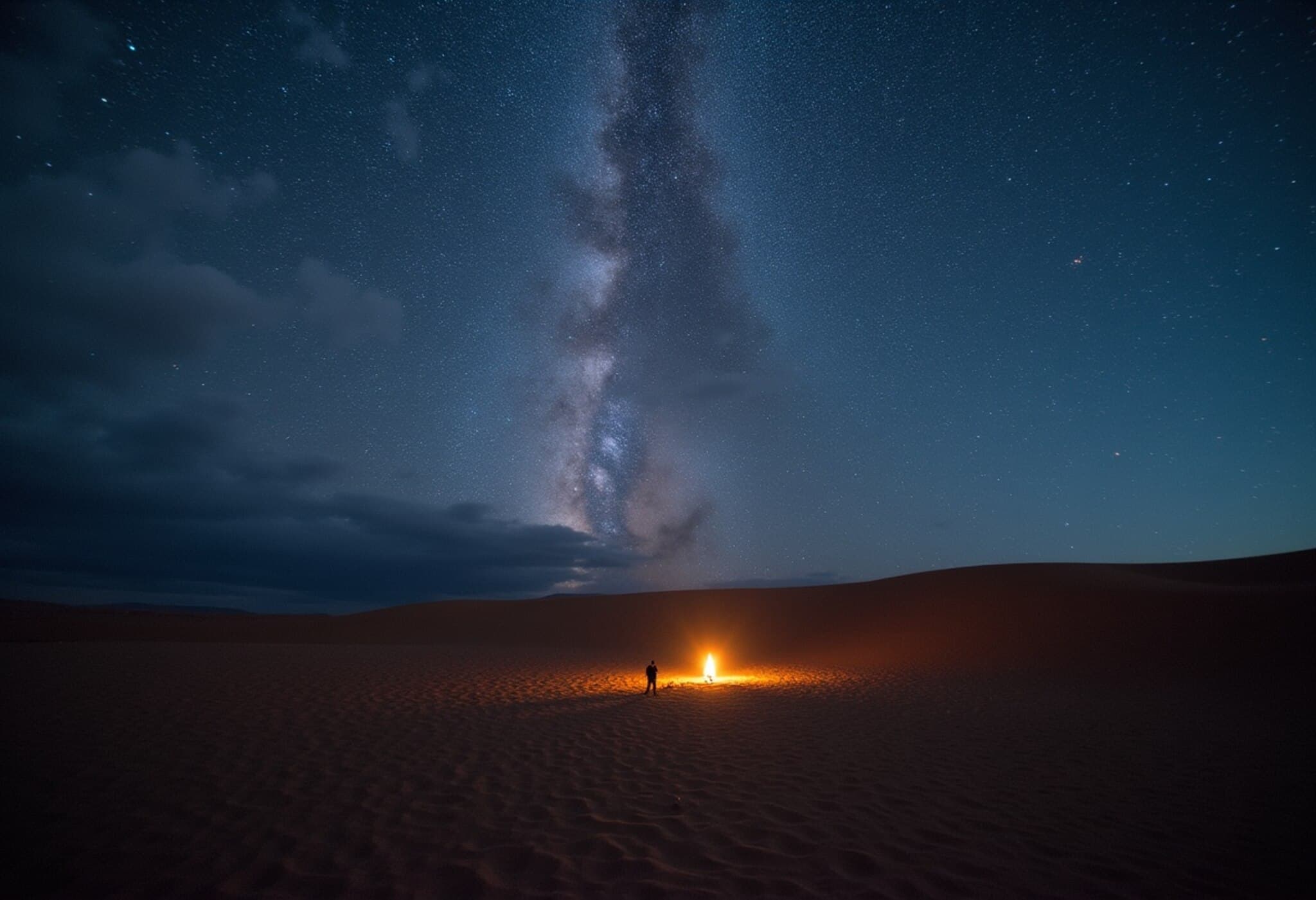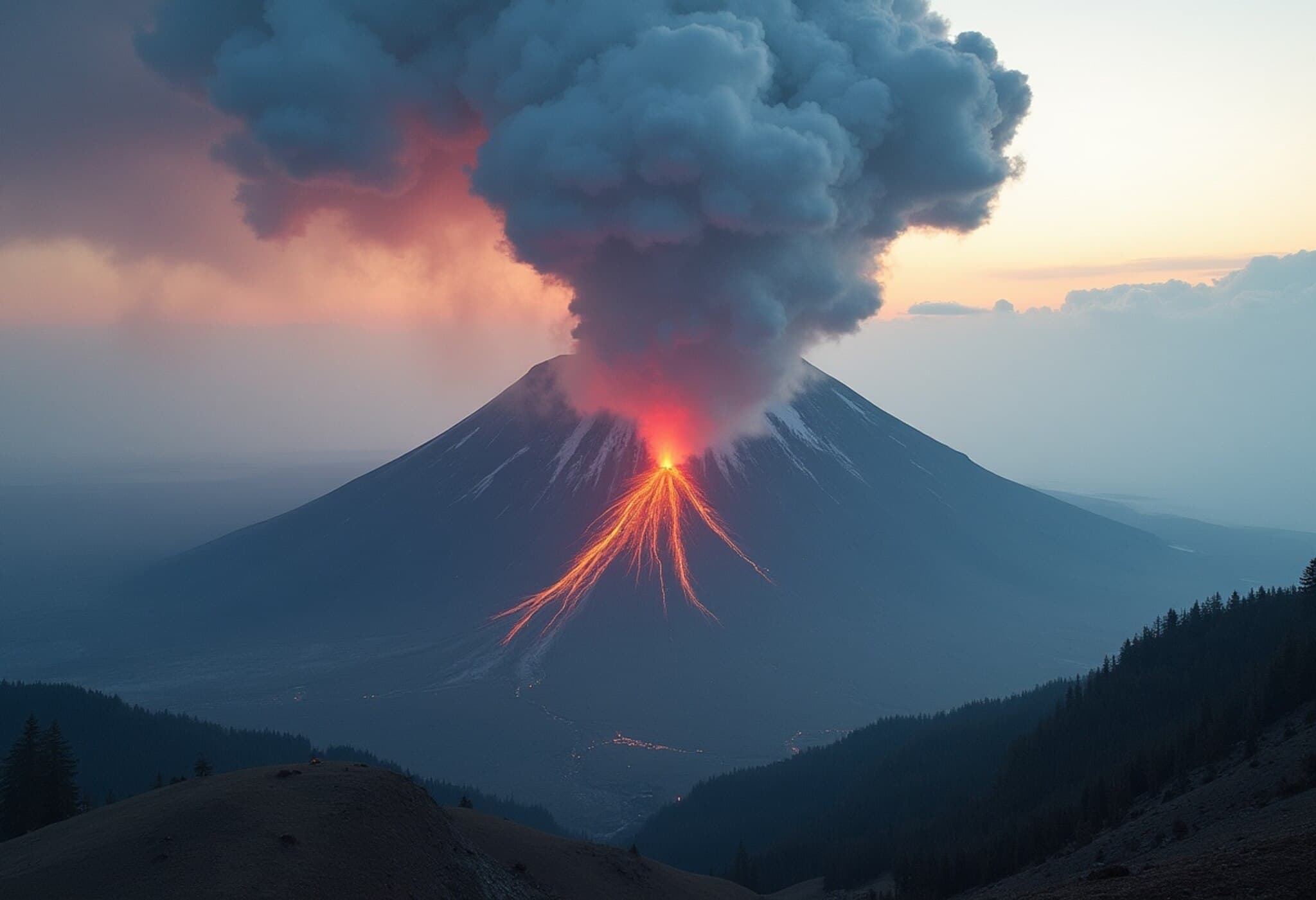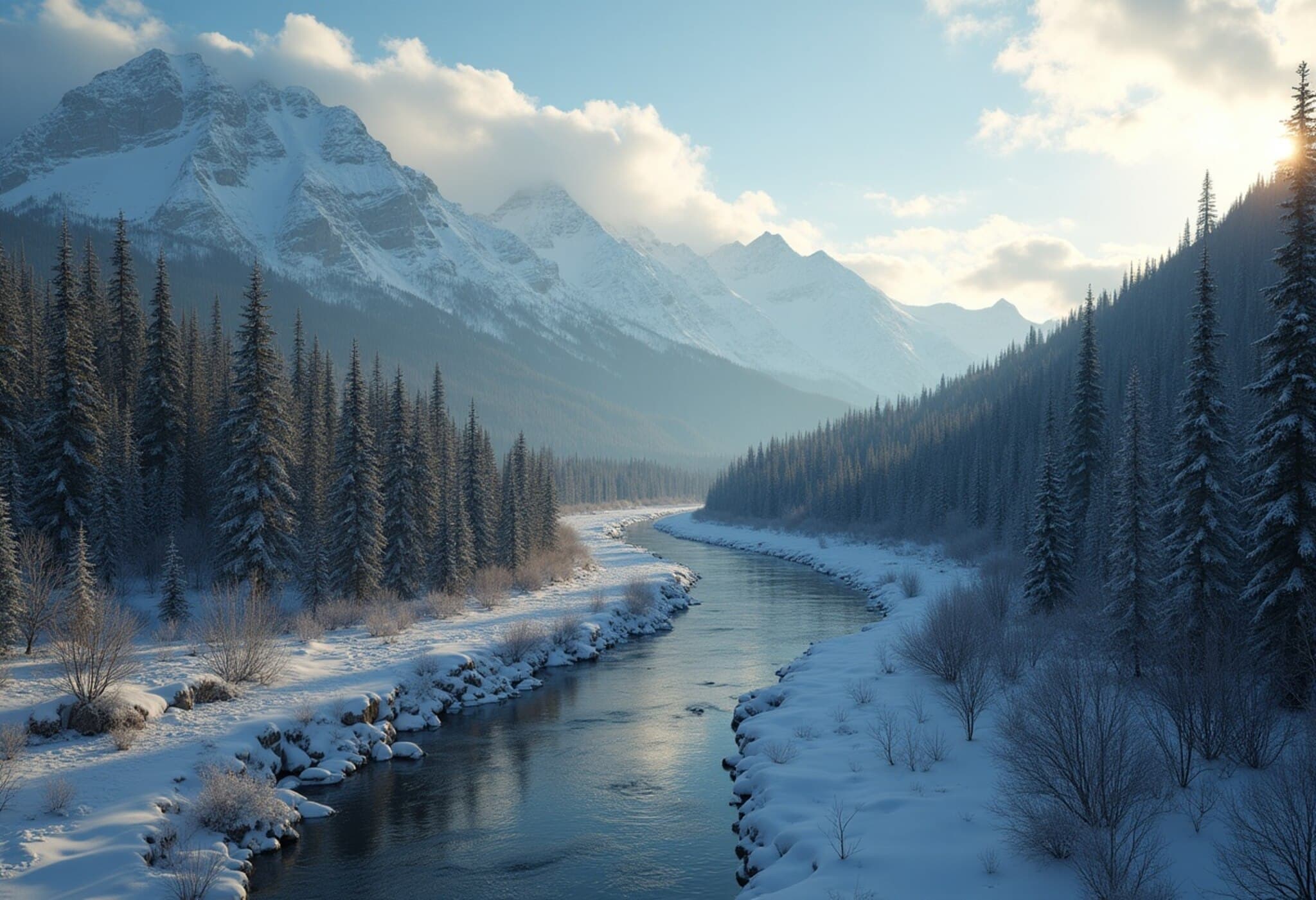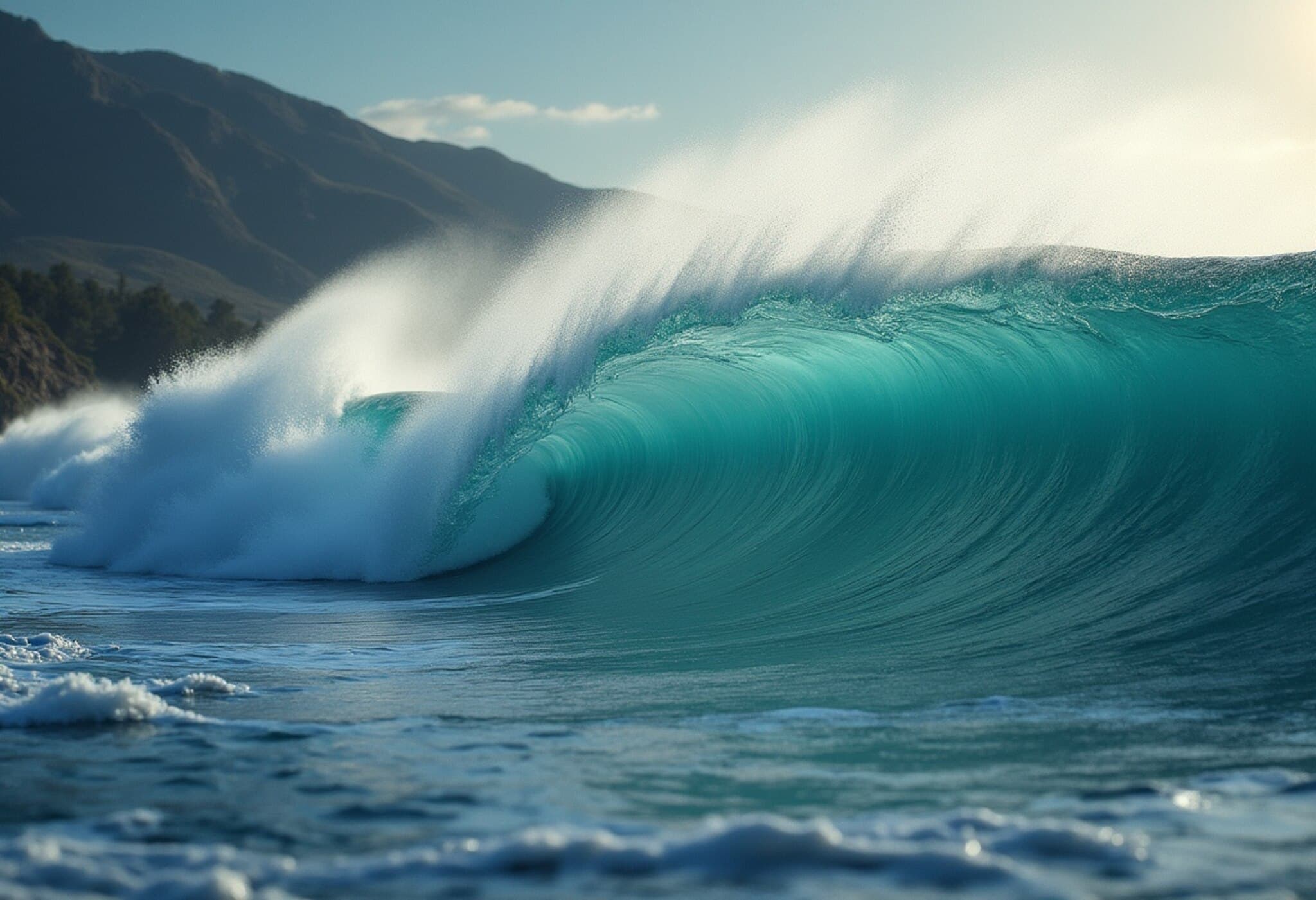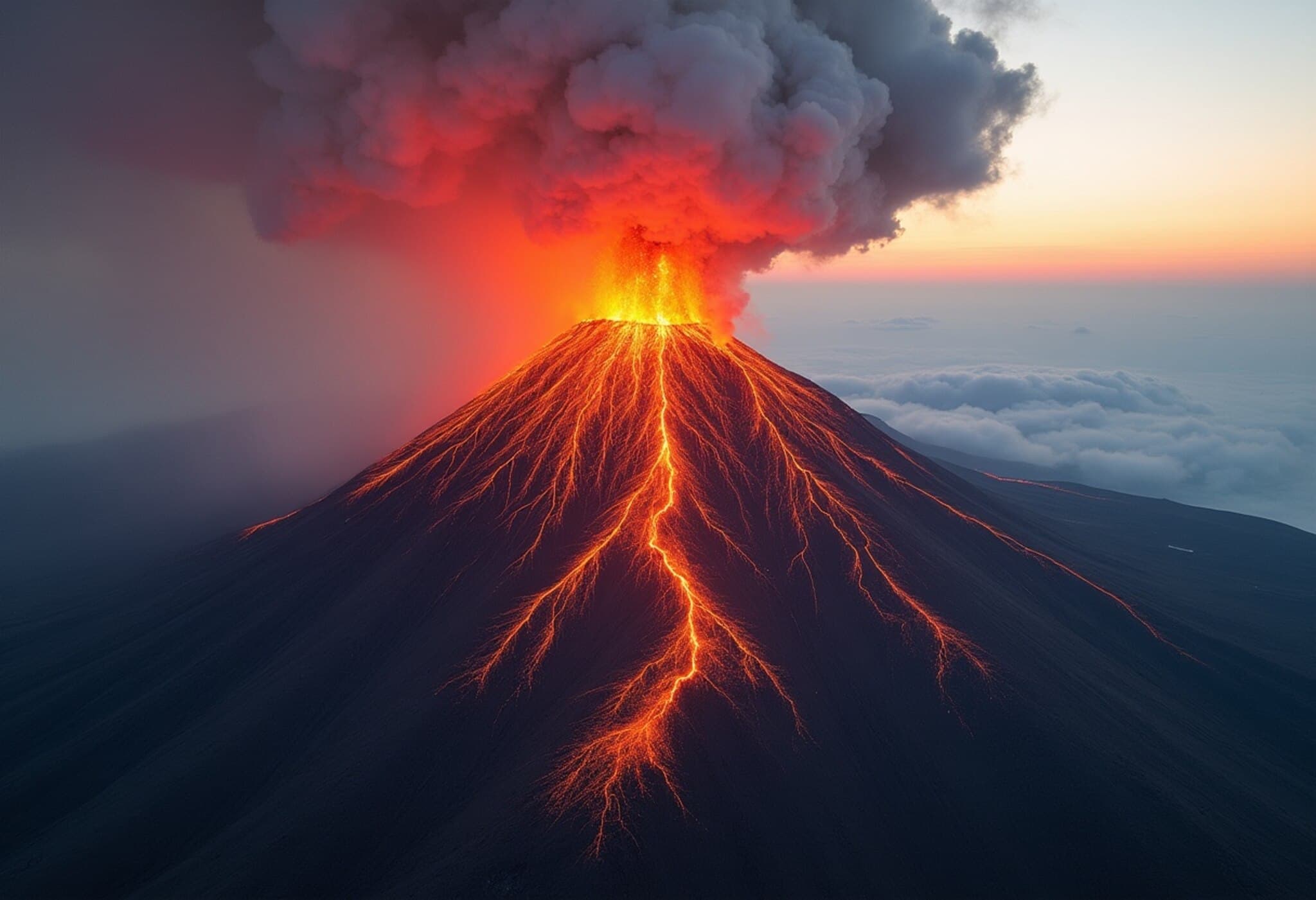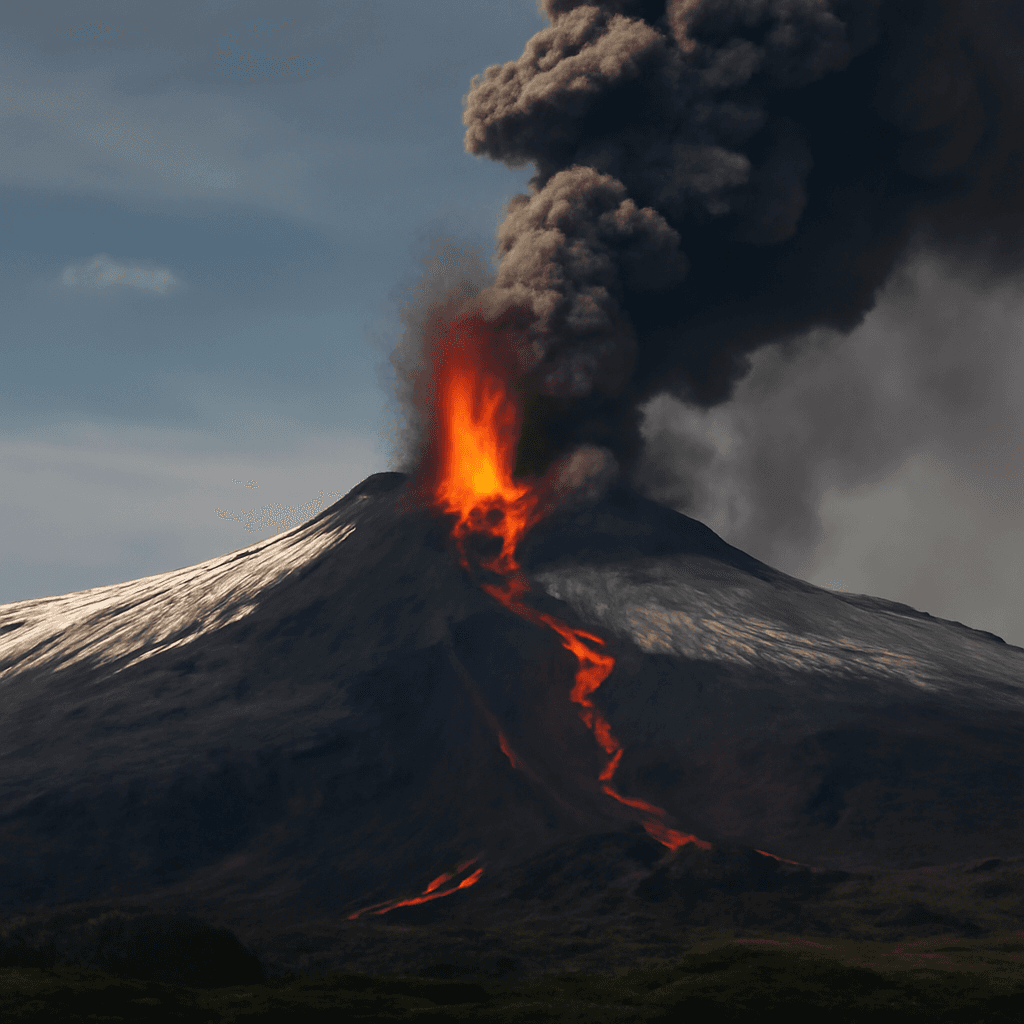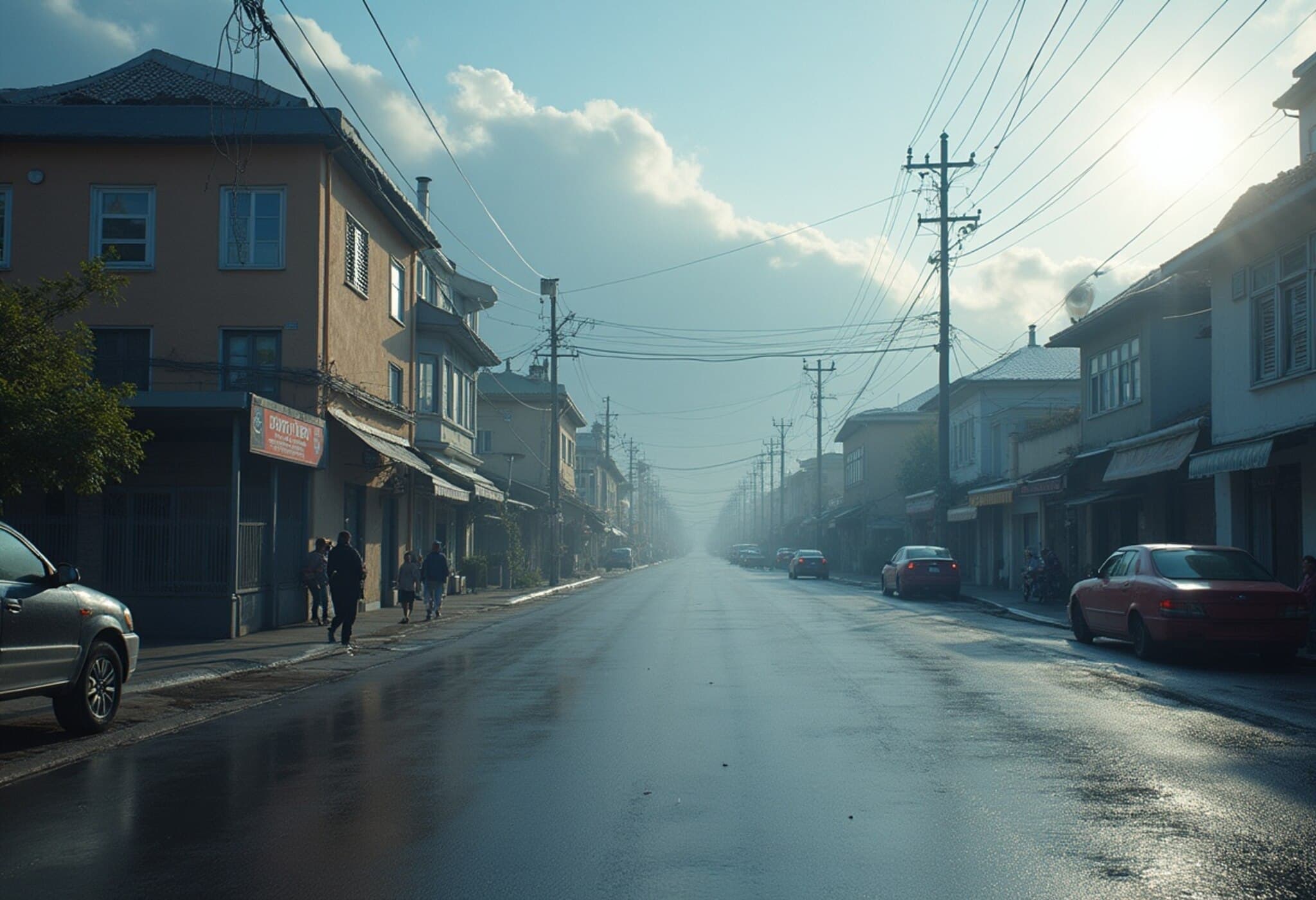Hawaii’s Kilauea Volcano Bursts to Life with Spectacular Lava Fountains
On Friday, August 22, 2025, Hawaii’s iconic Kilauea volcano resumed its dramatic display of fiery power, sending towering lava fountains soaring up to 100 feet (30 meters) into the air. This marks the 31st eruption since December from one of the world’s most prolific volcanoes, nestling its ongoing spectacle deep within the protected realms of Hawaii Volcanoes National Park.
The Eruption Unfolds
The eruption began early in the morning with continuous spattering from the north vent inside Kilauea’s summit crater. Hours later, molten lava began overflowing across the crater floor, culminating in stunning fountain-like bursts by afternoon. Fortunately, this fiery activity remains confined to the summit crater area, posing no immediate threat to nearby communities.
A fortunate few visitors and residents can witness nature’s awe-inspiring display in person at the park, while many more tune in via three US Geological Survey livestream cameras offering close-up views of the lava action. For science enthusiasts and casual observers alike, these captivating visuals are a vibrant reminder of Earth’s raw geological heartbeat.
Expert Insights: What Fuels Kilauea’s Fiery Show?
Dr. Ken Hon, leading scientist at the Hawaiian Volcano Observatory, explains the powerful forces at play beneath the surface. Magma pours into a lower chamber beneath Halemaumau Crater at about 5 cubic yards (3.8 cubic meters) per second, inflating it like a balloon. This pressure pushes magma upwards into an upper chamber, forcing molten rock through narrow vents to burst dramatically at the surface.
This continuous magma influx has followed the same pathways since December, suggesting that all eruptive episodes are interconnected phases of a single ongoing volcanic event.
Lava Fountains: A Rare and Majestic Phenomenon
Kilauea’s current lava fountains echo a natural phenomenon seen only four times in the past two centuries, notably during eruptions in 1959, 1969, and the prolonged 1983–2018 activity. Past lava fountains even soared up to 1,000 feet (300 meters), thrilling those lucky enough to witness them.
These spectacular fountains arise when gas-rich magma rapidly ascends through narrow vents, releasing pressure like a shaken Champagne bottle. Today’s fountains appear slightly diminished in height, which scientists attribute to the widening of the vent, allowing pressure to disperse more gradually.
Uncertainties and Scientific Vigilance
Predicting how this eruption might evolve remains challenging. The 1983 eruption transitioned from summit fountains to continuous lava flows at lower elevations, lasting over three decades until 2018. A similar outcome could unfold, or this activity might conclude if magma supply recedes.
Scientists monitor subtle signs such as minute earthquakes and ground deformation, enabling them to anticipate lava emergence days to a week in advance. Dr. Hon metaphorically describes their efforts as “ants crawling on an elephant trying to figure out how the elephant works,” highlighting the complexity of volcanic behavior.
More Than Just Lava: Cultural Significance
For Native Hawaiians, Kilauea carries profound cultural and spiritual importance. Janice Wei, a volunteer at the park, likens witnessing the eruption to being in the front row of nature’s grandest show, emphasizing the emotional impact of hearing the lava’s roar and feeling its heat from miles away.
Huihui Kanahele-Mossman, executive director of the Edith Kanakaʻole Foundation, articulates a deeper connection, seeing lava not as destruction but as creation—laying new land and nurturing life. Her organization supports hula traditions that retell the stories of Pele, the volcano goddess believed to reside within the crater.
Visiting the eruption site, Kanahele-Mossman offers traditional chants and offerings, bridging ancient history and contemporary experiences through cultural rituals that honor the volcanic fire’s enduring role in Hawaiian heritage.
Visiting Kilauea: Safety and Visitor Guidance
Thanks to the eruption, Hawaii Volcanoes National Park has experienced a surge of visitors, with a 49% increase in April compared to last year. However, the volcanic conditions remain dynamic and potentially hazardous.
- Visit planning: Prospective visitors should sign up for USGS eruption alerts to catch eruptions in real time due to their often brief duration.
- Safety precautions: Stay strictly on marked trails and overlooks to avoid unstable ground and hidden fissures.
- Health risks: Volcanic gases and ash can pose respiratory hazards—visitors are advised to be cautious, especially those with preexisting conditions.
- Night visitors: Carry flashlights and remain vigilant in low visibility to avoid accidents.
Concluding Thoughts
Kilauea’s eruption is a breathtaking reminder of the ever-present geological forces shaping our planet. The confluence of scientific study, cultural respect, and public engagement offers a meaningful framework to appreciate and understand this natural marvel.
While the lava flows forge new landscapes, they also inspire stories, traditions, and a profound respect for the power and resilience of the earth beneath our feet.
Editor’s Note:
The ongoing eruption of Kilauea invites reflection on how scientific monitoring and indigenous cultural practices can jointly deepen our relationship with natural phenomena. What might this continual volcanic activity teach us about resilience, adaptation, and coexistence in a time of climate change and environmental challenges? As we watch nature’s powerful show, it’s worth contemplating our role as stewards of these dynamic landscapes.

